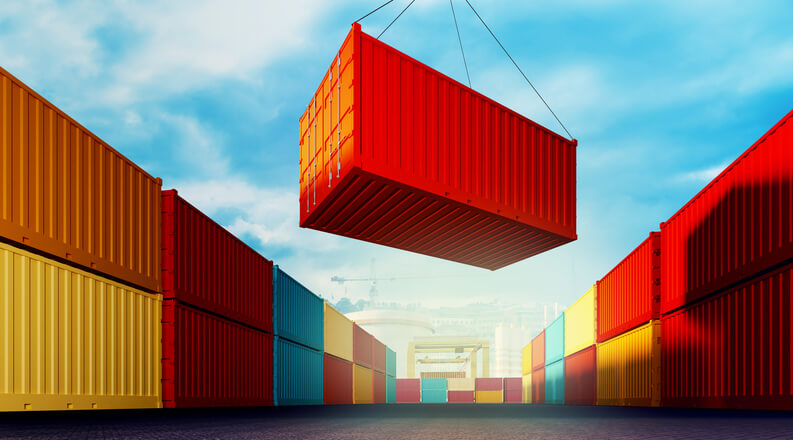
The Advantages of Working with Performance Plus Global Logistics
August 28, 2017
4 Things to Know about Less Than Truckload Shipping
September 20, 20175 Reasons Container Shipping is Safe and Secure

 Container shipping helps protect the vast majority of smaller products that are shipped. You’ve probably seen thousands of these intermodal containers in your lifetime, mostly on the backs of trucks. These are made to easily switch from truck to rail and ship without having to reload the cargo.
Container shipping helps protect the vast majority of smaller products that are shipped. You’ve probably seen thousands of these intermodal containers in your lifetime, mostly on the backs of trucks. These are made to easily switch from truck to rail and ship without having to reload the cargo.
Shipping containers are everywhere. More than 17 million are currently used in the world, with about 6 million of them in transit at any given moment.
There are several reasons that container shipping is the safest and most secure form of transport:
- Products are easiest to secure and maintain when inside a container. Containers add an extra level of safety and geometric stability.
- Shipping containers are locked so product won’t be interfered with or stolen in any way. Many people may handle cargo along its route. Nearly all of them will be honest, hard workers, but for some products out of sight is out of mind.
- Shipping containers are space-efficient. Because they’re strong and can bear weight, containers can be stacked atop each other. Saving space means transporting more cargo at a time, which translates to lower costs that are passed on to the customer.
- Shipping containers help protect from accidental damage. Damage is rare, but it can happen. Ships go through rough seas, and planes endure turbulence. This is why we offer freight insurance for everything we ship. It’s rarely needed, but it’s a smart safety net for valuable products. When we ship engines or cars, these can be secured by pallet or to the deck. We deal with a lot of performance parts and vintage cars, so we recommend placing them in containers for that added protection.
- You don’t need to constantly load and unload what’s in the container every time the cargo is transferred. A trip around the world could involve a truck transport to the port, a ship transport to a transshipment hub, transfer to another ship to its destination, transfer to a rail, and then a truck from the rail to its receiver. That’s a lot of transfers, and containerization means the cargo is never unloaded or reloaded.
